
 Instagram
Instagram
7 Rowing Machine Benefits

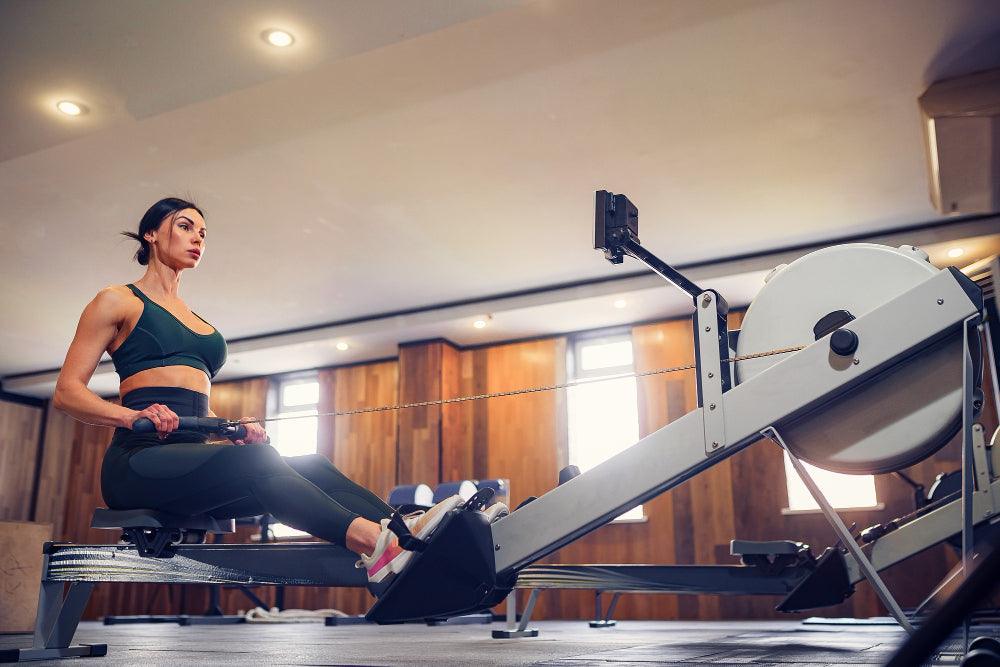
Related products

Rowing machines, also known as ergometers, have become an integral component of fitness regimes, providing users with an effective and versatile workout option. Unlike other fitness equipment, rowing machines offer a comprehensive workout, engaging various muscle groups simultaneously while promoting cardiovascular health. This article delves into the multifaceted benefits of rowing machines, underscoring their utility in achieving a balanced and healthy lifestyle. Additionally, rowing machines are invaluable for improving sports performance, especially for athletes who need to develop endurance, power, and core stability across multiple disciplines.
7 Rowing Machine Benefits
1. Full-Body Workout
Rowing is distinguished by its ability to provide a full-body workout. Dr. Helen Waters, a sports medicine specialist, explains, "Rowing simultaneously engages the lower and upper body, making it an exceptional exercise for full-body fitness." The primary muscles targeted include the quadriceps, hamstrings, glutes, lats, core, shoulders, and arms. This comprehensive engagement ensures balanced muscle development and reduces the risk of overuse injuries, a common issue in specialised workouts.
Furthermore, the versatility of rowing machines allows for adjustments in intensity and resistance, making it suitable for individuals at varying fitness levels. Regular use of the rowing machine enhances muscle strength and endurance, promoting overall physical health. For those looking to experience the benefits of rowing from the comfort of home, options like the Lifefit Home Rowing Erg Waterrower Machine provide an excellent choice. With its high-quality construction, it allows users to perform dynamic workouts that engage multiple muscle groups and boost cardiovascular health. Similarly, the Lifefit Home Rowing Erg Waterrower Machine Copy offers similar features, ensuring you can get the most out of your rowing sessions while promoting overall fitness and performance.
2. Cardiovascular Fitness
Rowing is highly effective in improving cardiovascular health. By combining resistance and aerobic exercise, rowing increases heart rate and oxygen uptake, thereby strengthening the cardiovascular system. Dr. Simon Patel, a cardiologist, states, "Regular rowing machine workouts can significantly improve cardiac efficiency, reducing the risk of heart diseases and improving blood pressure control."
The intensity of a rowing workout can be adjusted to match fitness levels, allowing individuals to work within optimal heart rate zones for maximum cardiovascular benefit. Statistics indicate that engaging in rowing exercises for 30 minutes a day, five days a week, can lead to substantial improvements in heart health.
To support cardiovascular and overall performance, incorporating amino acid supplements can be beneficial. Amino acids play a key role in muscle recovery, reducing fatigue, and enhancing endurance. Scitec Amino 5600 – 500 Tablets are a great option for those looking to boost their amino acid intake, helping to improve recovery after intense rowing sessions and support your cardiovascular health goals.
3. Low-Impact Exercise
Rowing stands out for its low-impact nature, making it a suitable exercise option for individuals with joint problems or those recovering from injuries. Unlike running or jumping, rowing does not exert excessive pressure on the knees, ankles, or hips. Dr. Laura Thompson, an orthopaedic specialist, recommends rowing as "an excellent alternative to high-impact exercises, offering a safe way to maintain fitness without compromising joint health."
This low-impact characteristic ensures that rowing can be a lifelong fitness activity, accessible to individuals of all ages and fitness levels, including those with existing health concerns.
Integrating sports supplements into your fitness regimen can significantly enhance the benefits of rowing workouts. Welzo offers a diverse range of supplements tailored to support various aspects of athletic performance and recovery. For example, BCAA supplements can reduce muscle soreness and aid recovery after intense rowing sessions, helping you maintain performance while minimizing muscle fatigue. You can try the XTEND BCAA 441g - Raspberry Pineapple to replenish essential amino acids and boost recovery post-workout.
4. Calorie Burning
One of the key benefits of rowing is its efficiency in burning calories, contributing to weight management and fat reduction. The combination of aerobic and resistance elements in rowing means that it consumes more calories than many other forms of exercise. "Rowing burns approximately 600-800 calories per hour, making it one of the most efficient exercises for weight loss," states Dr. Emily Foster, a nutritionist and fitness expert.
Comparatively, rowing is more effective in calorie expenditure than cycling or stationary biking at similar durations and intensities, offering a viable option for those aiming to improve their body composition. The integration of rowing into regular fitness routines can significantly enhance metabolic rates and aid in long-term weight management.
To complement your rowing workouts, incorporating fat-burning supplements can further support your weight loss goals. For example, Swanson Fat Burner - 60 Tablets and AK-47 Labs Burner - 60 Caps can help boost your metabolism and enhance fat-burning processes, providing an extra edge in your fitness journey.
5. Improved Endurance and Stamina
Consistent use of a rowing machine can significantly enhance an individual's endurance and stamina. This improvement is due to the machine's ability to provide a comprehensive workout that challenges the cardiovascular system and multiple muscle groups simultaneously. "Endurance builds as the body adapts to the demands of rowing, increasing the duration and intensity over time," explains Dr. Mark Richardson, a sports performance expert. As individuals persist with regular rowing sessions, they often report increased energy levels, enabling them to perform daily activities with less fatigue.
An illustrative case is that of Sarah, a 35-year-old who incorporated rowing into her fitness regime. Initially struggling with short distances, Sarah's consistent practice led to noticeable improvements. "After three months of regular rowing, I could double my distance and felt significantly more energetic throughout the day," she recounts. This personal story mirrors the experiences of many who have turned to rowing to boost their stamina.
6. Stress Reduction and Mental Health
Rowing extends beyond physical benefits, offering significant advantages for mental health and stress reduction. The rhythmic nature of rowing and the required mental focus can lead to a meditative state, reducing stress levels. Dr. Anita Gupta, a psychologist, notes, "The repetitive motion of rowing can help clear the mind, reduce stress, and trigger the release of endorphins, often referred to as the body’s natural mood elevators."
Engaging in regular rowing sessions can contribute to improved mental well-being, offering a constructive outlet for relieving tension and anxiety. The concentration needed to maintain technique and rhythm during rowing helps shift focus away from daily stressors, providing a form of moving meditation.
7. Convenience and Accessibility
The rowing machine stands out for its convenience and accessibility, offering a viable fitness solution for individuals unable to attend a gym regularly. Having a rowing machine at home eliminates travel time to the gym, making it easier to fit workouts into a busy schedule. "The accessibility of having a rowing machine at home encourages more consistent and spontaneous workouts," states fitness coach James Lee.
To integrate rowing effectively into daily routines, experts suggest setting specific times for workouts and gradually increasing the duration and intensity. Additionally, placing the rowing machine in a visible, accessible area can serve as a constant reminder and motivation to engage in regular exercise.
People Also Ask
Can you lose belly fat on a rowing machine?
Yes, you can lose belly fat on a rowing machine. Rowing is an effective cardiovascular and strength-building exercise that can help burn calories and reduce overall body fat, including belly fat. However, it should be combined with a balanced diet and regular exercise routine for best results. Consistency and a caloric deficit are key factors in losing fat.
Is 20 minutes of rowing enough?
Twenty minutes of rowing can be sufficient depending on your fitness goals and the intensity of your workout. For general fitness, a 20-minute session at a moderate to vigorous intensity can significantly contribute to cardiovascular health, stamina, and calorie burning. If your goal is specific to weight loss or endurance building, you might need to increase the duration or intensity of your workouts over time.
Can you get in shape by just rowing?
Yes, you can get in shape by just rowing. Rowing is a comprehensive exercise that targets various muscle groups, improves cardiovascular health, and increases endurance and strength. If complemented with a healthy diet and consistent routine, rowing alone can significantly contribute to overall physical fitness. However, for balanced fitness, incorporating variety can be beneficial.
Is 10 minutes of rowing enough?
Ten minutes of rowing can be a good starting point for beginners or as part of a high-intensity interval training (HIIT) session. While it may not be sufficient for significant weight loss or endurance training, it can effectively raise your heart rate and provide a quick, effective workout. As fitness improves, increasing the duration and intensity will yield better results.
Conclusion
In conclusion, rowing machines offer a plethora of benefits, including providing a full-body workout, enhancing cardiovascular fitness, offering a low-impact exercise alternative, efficiently burning calories, increasing endurance and stamina, reducing stress, and improving mental health. Moreover, the convenience and accessibility of having a rowing machine at home can lead to more consistent and effective fitness routines.
Individuals considering incorporating rowing into their exercise regime are encouraged to start with moderate sessions, gradually increasing the duration and intensity as their fitness improves. With regular practice, the comprehensive benefits of rowing can contribute significantly to overall health and well-being.


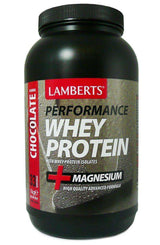
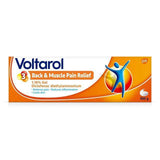

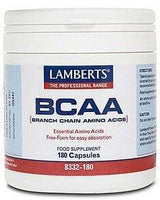


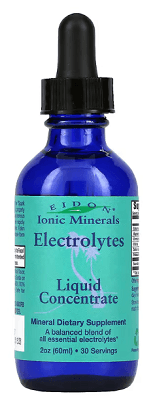

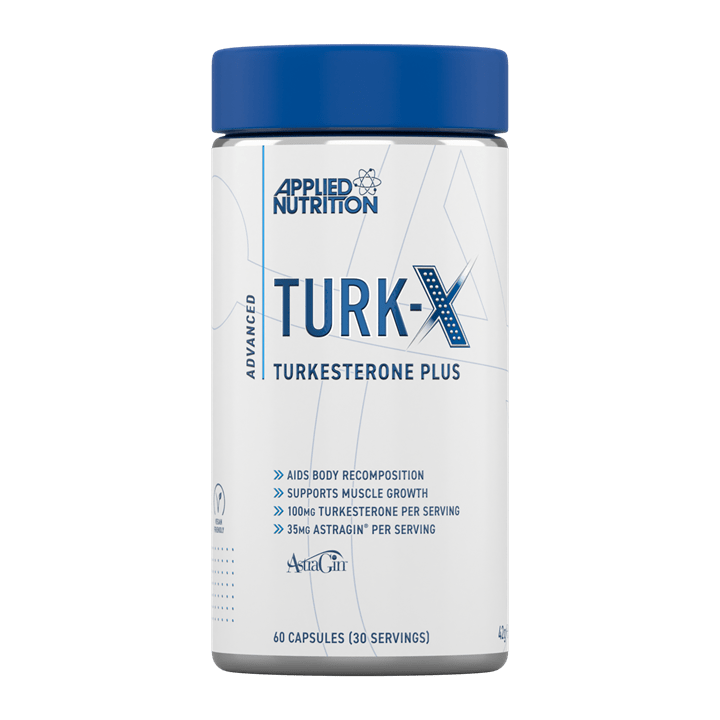








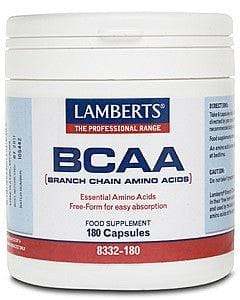

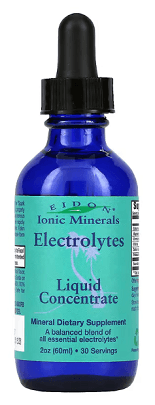
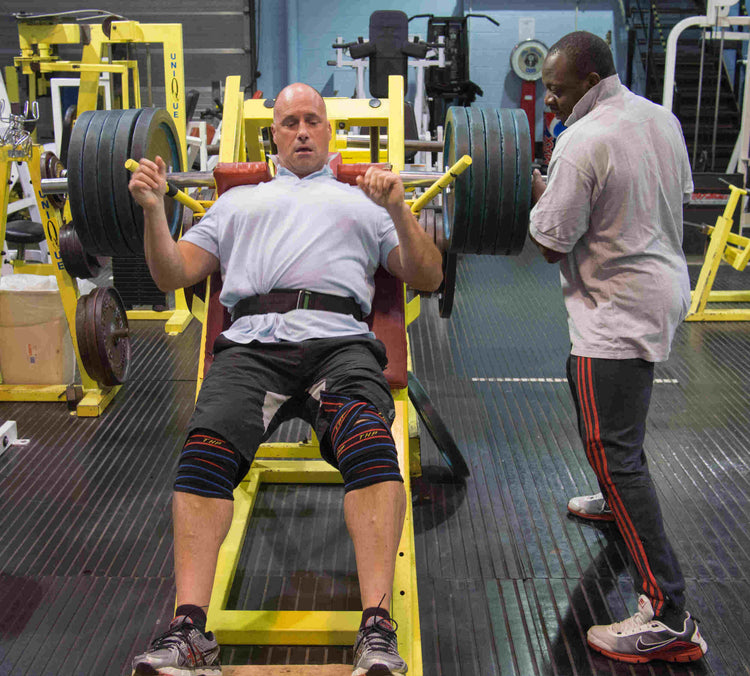
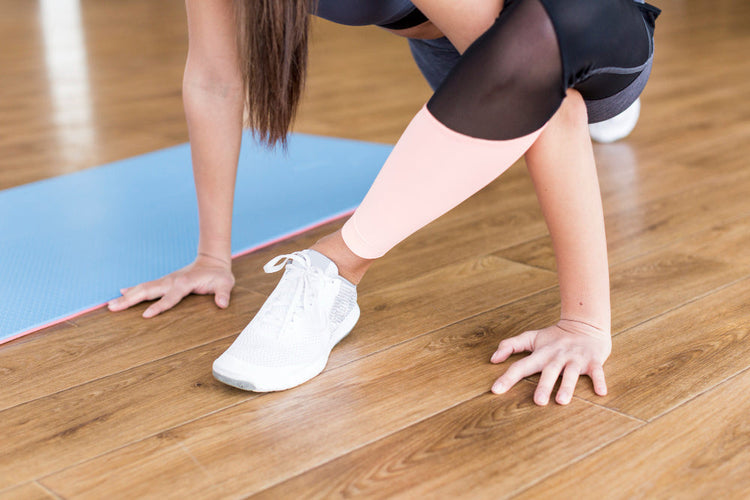
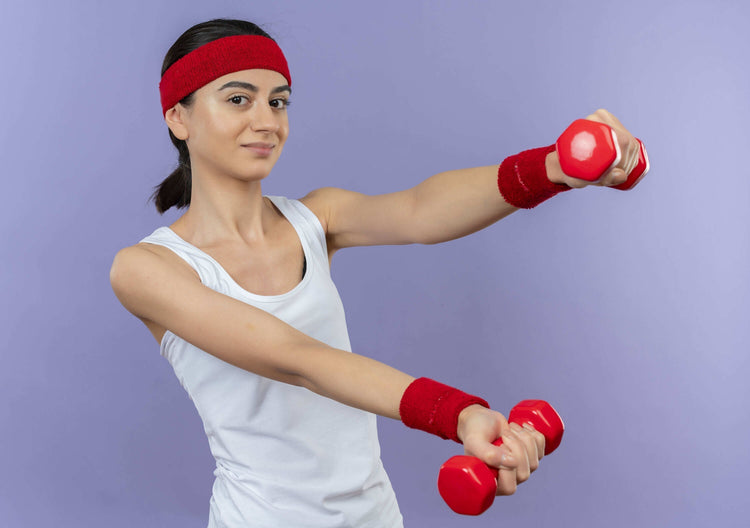
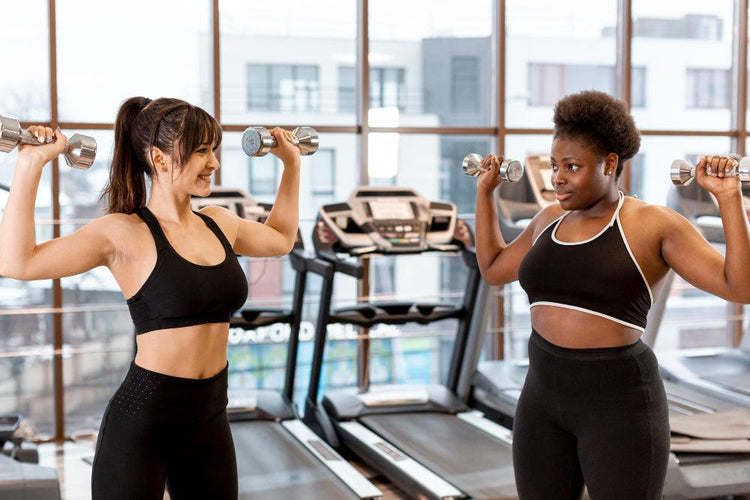
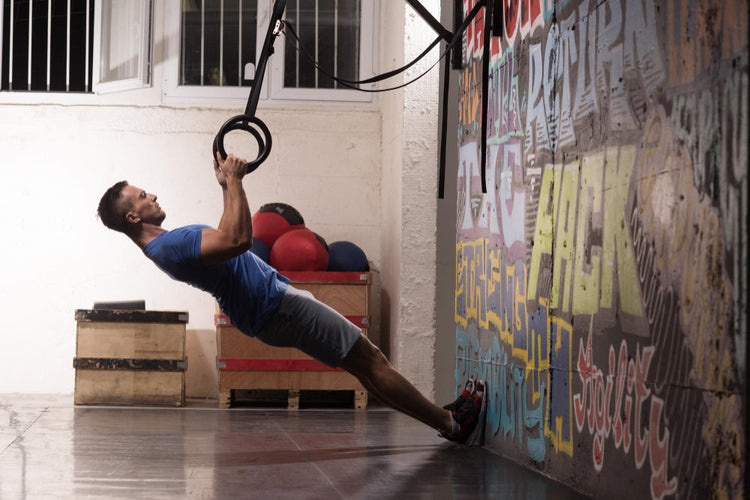
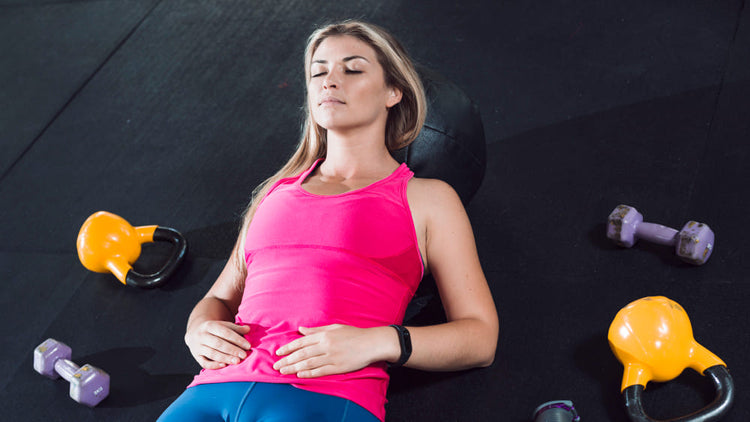
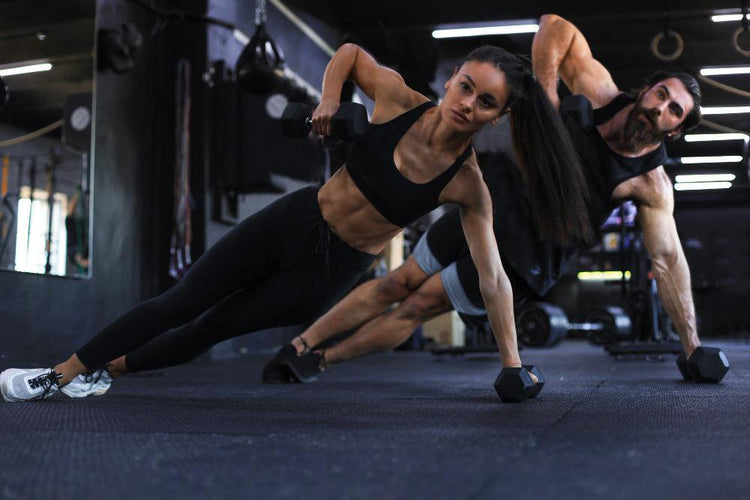

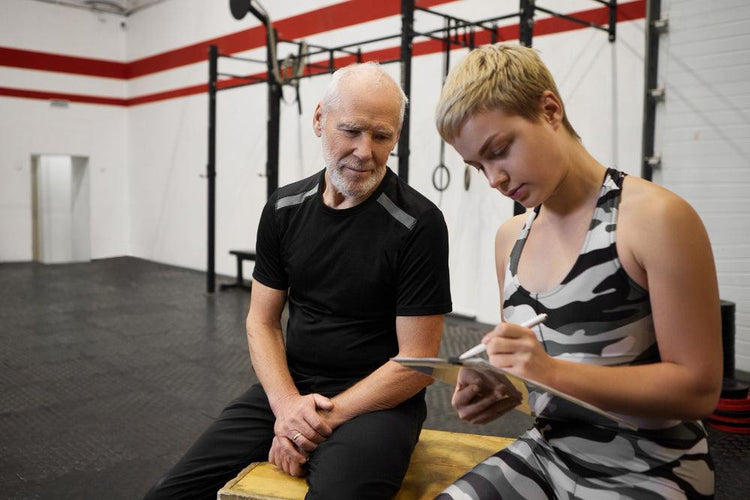
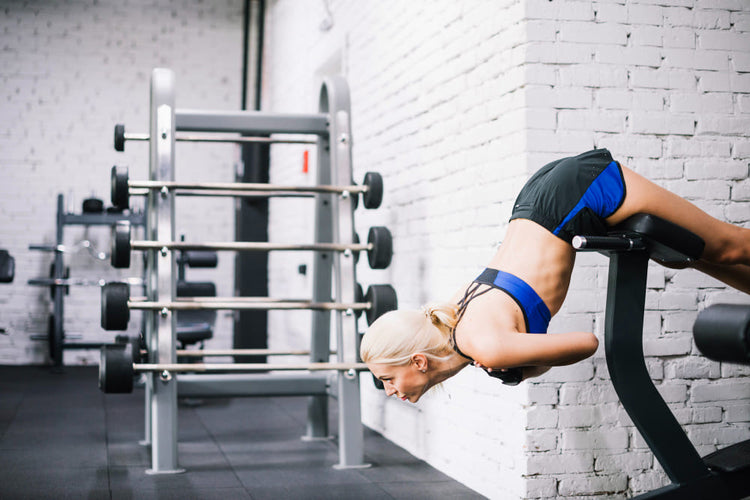
 Rated Excellent by 26,523+ Reviews
Rated Excellent by 26,523+ Reviews